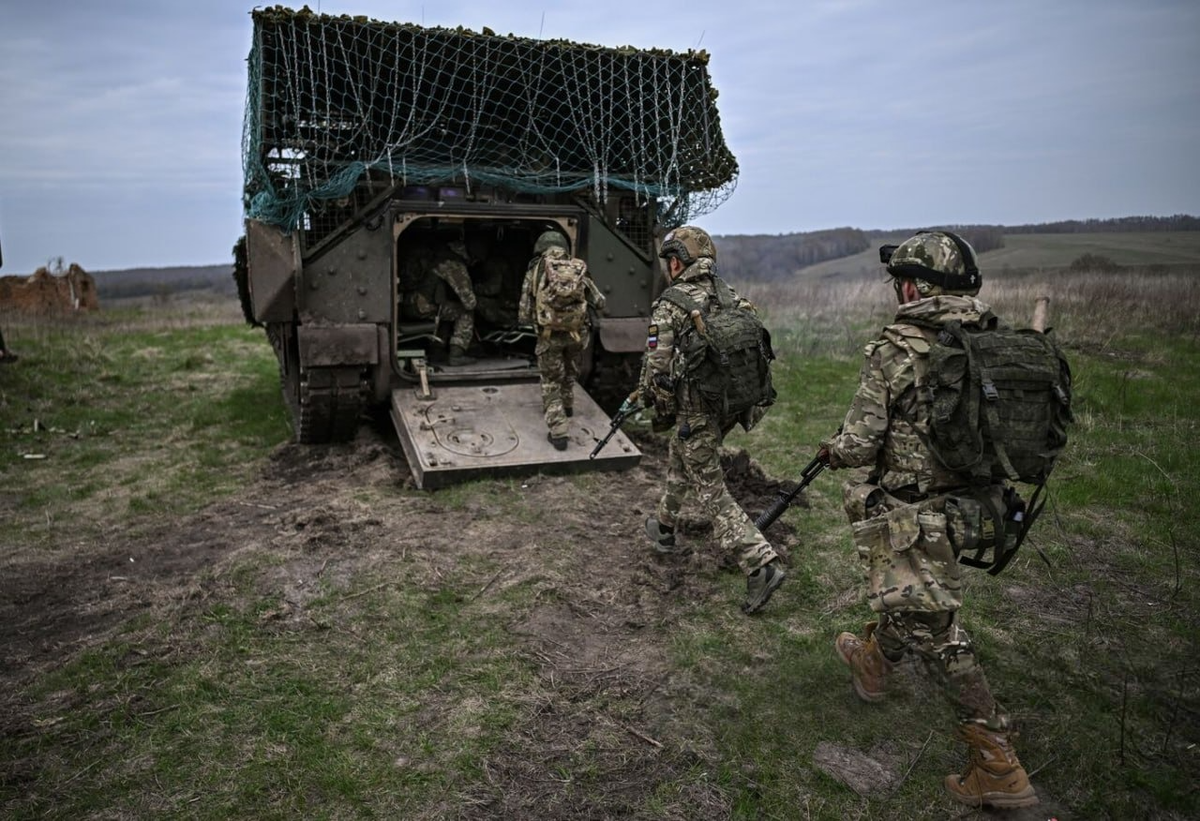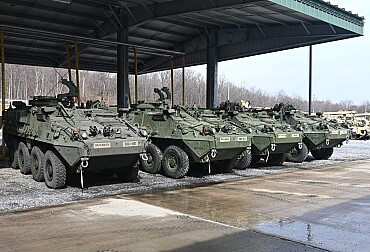Captured american Bradley IFV appears in Russian service near Kursk
In a development that highlights the fluid and unpredictable nature of modern mechanized warfare, the Russian military has begun operating a captured U.S.-made M2A2 Bradley ODS-SA Infantry Fighting Vehicle (IFV) in the Kursk region, according to visual materials published by Russian state media and corroborated by open-source intelligence analysts.

The vehicle, once part of Washington’s high-profile aid shipments to Ukraine, now appears to be in active use with Russia’s 155th Separate Naval Infantry Brigade, marking one of the clearest examples yet of American equipment falling into enemy hands—and returning to the battlefield under a different flag.
Trophy Turned Tool
Designed to provide firepower, mobility, and protection for mechanized infantry, the Bradley IFV has earned a formidable reputation during its deployment in Ukraine. Its 25mm M242 Bushmaster cannon, TOW anti-tank missile launcher, and reinforced armor suite have proven effective in countering Russian armor, particularly in contested sectors like Donetsk and Zaporizhzhia.
However, recent footage suggests that at least one of these vehicles—previously damaged or abandoned—has now been refurbished and recommissioned by Russian forces, raising eyebrows in Western defense circles.
Not the First—and Likely Not the Last
According to the conflict tracking organization Oryx, the Russian military has likely captured at least 11 Bradley IFVssince their initial deployment in Ukraine in 2023. While many were destroyed beyond repair, several were reportedly salvaged and transported for analysis or potential reuse.
The vehicle spotted in Kursk is believed to be fully operational, marking a rare and symbolic twist in the ongoing proxy war between NATO-supported Ukraine and Russia.
Ukrainian Successes—and Vulnerabilities
Ukrainian mechanized forces have previously leveraged the Bradley’s advanced systems to significant effect. One widely cited incident involved a Ukrainian Bradley crew successfully destroying a Russian T-90M “Proryv”, one of the most advanced tanks in the Russian arsenal. The engagement, caught on drone footage, underscored the Bradley’s capabilities in close combat.
Yet, despite its armor and firepower, the Bradley has not been immune to battlefield threats. Ukrainian sources confirm that the bulk of Bradley losses have come not from tank battles or artillery, but from low-cost, explosive-laden first-person-view (FPV) drones. These DIY-style UAVs, operated remotely by Russian units, have become a major threat to Western-supplied armor, exploiting weak spots and targeting vehicles with surgical precision.
Propaganda Value and Battlefield Impact
For Russia, fielding a captured Bradley offers not just practical utility but also symbolic and psychological value. State media has been quick to publicize the sighting, portraying it as a sign of battlefield success and a humiliation for NATO donors.
Military analysts, however, caution against overstating the significance of a single vehicle. “It’s a propaganda win, certainly,” said a European defense observer. “But one Bradley in Russian hands does not reverse the strategic picture—it simply reinforces how contested and costly this war has become for both sides.”
Conclusion
As the war in Ukraine continues to evolve, the appearance of Western-made vehicles under Russian control adds a new layer of complexity. It raises questions about battlefield recovery, the resilience of front-line logistics, and the unintended consequences of military aid.
Whether the Kursk Bradley becomes a one-off anomaly or the first of many remains to be seen. What is clear, however, is that the lines between friend and foe equipment are growing increasingly blurred on the 21st-century battlefield.








